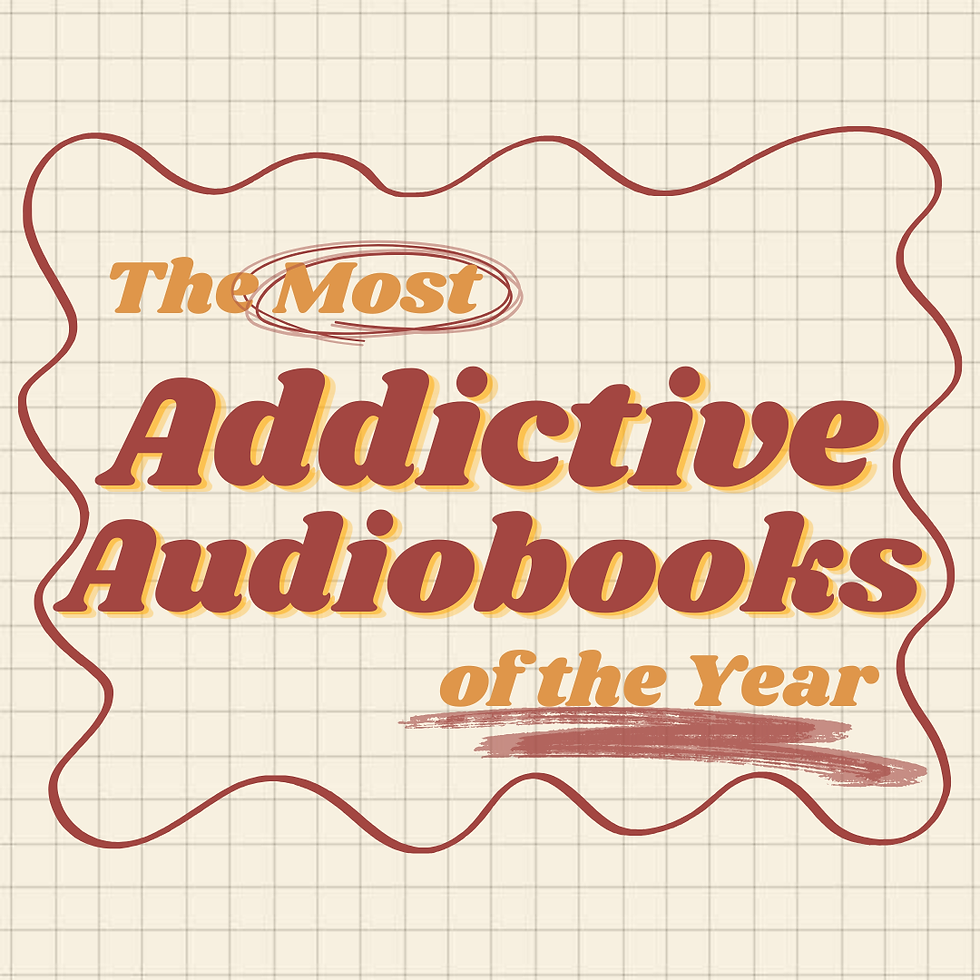Feminist Fairy Tale Retellings
- The Publishing Post

- Jul 6, 2021
- 3 min read
By Aisling O’Mahony
Despite the nostalgia-stained, rose-tinted glasses, it’s difficult not to see the damaging messages present when looking back at favourite childhood fairy tales. Fairy tales have a long history of enforcing outdated, sexist stereotypes; the dashing male hero – usually a prince – saving the helpless damsel from a terrifying dragon, a terrifying stepmother, a terrifying witch and so on. Too often women are presented as two-dimensional, secondary characters whose sole purpose is to wait for a suitable husband to propose. However, the last few years have shown a growing trend in literary retellings of myths and fairy tales with a feminist twist. Mythical female characters have evolved from damsels in distress to heroines in their own right, fighting their own battles instead of waiting for a man to save them.
Yet, this isn’t necessarily a sign of a new feminist literary revolution, but rather a return to the roots of the original purpose of fairy tales. When fairy tales first emerged, they were predominantly for adults and typically written by women. Over one hundred fairy tales were invented in France between 1690 and 1715 with two-thirds of them written by women. They originated as a method for these women to object to the patriarchal world around them and were often performed in literary salons. The term ‘fairy tales’ or ‘Contes de fées’ was coined by French writer Marie-Catherine Le Jumel de Barneville, also known as Countess d'Aulnoy. Her stories were laden with heroines who did their own courting and took hold of their own fates. In contrast, the men in her story were often weak and inept, a comment on the men in the society she lived in. She paved the way for other French female storytellers or ‘conteuses’ to continue writing fairy tales that challenged gender norms.

Now, these same literary aims are becoming more and more evident in modern feminist retellings, such as Nikita Gill’s Fierce Fairy Tales: & Other Stories to Stir Your Soul. The poetry and story collection subverts old tales and breathes new life into the female characters. Tinkerbell quits anger management and refuses to apologise for her emotions, Sleeping Beauty doesn’t wait around for her prince to wake her, Rapunzel cuts off her own hair and uses it to escape. Another recent example of a feminist retelling is The Surface Breaks by Louise O’Neill which serves as a dark retelling of The Little Mermaid. Similarly, The Girl Who Spun Gold is a retelling of Rumpelstiltskin by Virginia Hamilton. Sleeping Handsome and the Princess Engineer by Kay Woodward is a gender-bent Sleeping Beauty retelling. These are only a few examples in a long list of recent feminist fairy tale retellings.
Publishers have definitely taken notice of this hunger for feminist retellings. For instance, last year Vintage, an imprint of Penguin Random House, launched their Feminist Fairy Tales series. The series consists of four retellings of beloved fairy tales with a feminist twist by prominent authors Rebecca Solnit, Malorie Blackman, Jeanette Winterson and Kamila Shamsie. Vintage labelled the series “fairy tales reimagined for modern boys and girls – transformed into stories of liberation that don’t need a happily ever after.”

If you are looking for more examples of fairy tale retellings with a healthy dose of female empowerment there are a number of great titles out this year. For the Wolf by Hannah Witten is a retelling of Little Red Riding Hood and was published mid-June. If the Shoe Fits by Julie Murphy will be published in August and is a modern retelling of Cinderella set on a reality dating show. Stalking Shadows by Cyla Panin is a retelling of Beauty and the Beast and will be published this September. With so many other similar titles on the way, it looks like we will continue to see the trend of wonderful authors writing their own take on well-known tales and giving beloved female fairy tale characters their own agency and power.








